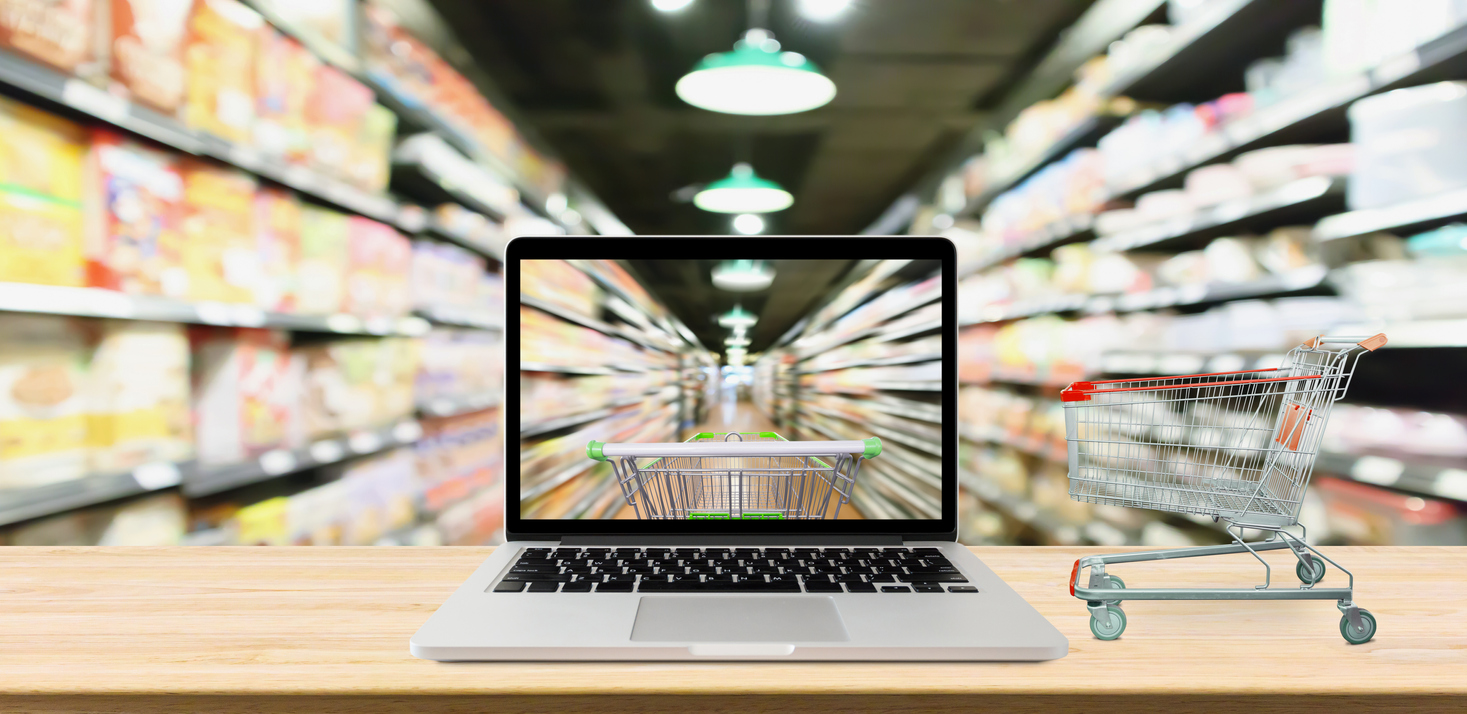Insights From The Blog
Virtual Goods on Digital Shelves
We have empty streets and silent skies. Our oceans are quietly lapping at shores, devoid of major shipping. Lockdown has only been going on for a couple of months, but already the air is clearing over major cities and fish are clearly visible in the previously filthy canals. Much has changed for the good, but there are also other aspects that will forever alter the way we live. The Highstreet and the way we shop is also likely to change significantly, but it too could see the benefit of technology to help it along.
Imagine a situation where you enter a shop with apparently empty shelves, fit an AR headset, and become immersed in a world filled with virtual products, ready for you to pick from. And once you have selected the one that you want, you place and order and it is collected for you from a storage unit.
With most products, apart from viewing a virtual image superimposed on the real world, that is exactly what we tend to do anyway. We go into a store, look at an example of what we want, ask a store assistant for one in a box and to the checkout. The only difference is that the product we view is not really there.
This is already reality. Termed a “digital shelf” this is likely to become the standard model for shopping, and can even be extended to food shopping, with customers browsing virtual shelves, selecting virtual items, which are then loaded from stock in a nearby warehouse, and given to the customer once they have paid. In no time, it will become the new normal, and will help to keep us all safe. Shopping for food is a different experience than shopping for luxuries or tech, since it usually involves more complex decision. When food and consumable shopping consumers will typically weigh up numerous factors such as brand name, type of product, price, packaging, location on shelf (lower down the shelving tends to be the domain of own-brand and cheaper items) into that purchase decision. It has been determined that as much as 70 percent of a purchase decision is made at the shelf, and off the cuff, as opposed to it being predetermined.

But the same principles can be applied to on-line shopping too. This scenario allows a customer to interact with a potential purchase using their screen, and carry out various actions that help them come to a decision to purchase or not.
At Unity Developers, we have recognised how large this potential market is going to be in the near future, and are responding accordingly. With the digital shelf in mind, we are working on the platform that will allow retailers placing the interactive 3D version of the product on their website directly. This will give consumers the ability to view a product that they want, and be able to virtually hold it and put it through its paces without having to touch the actual product.
Once we come out of the current pandemic, it is almost certain that the world will not return to how it was, and we will have to adapt to new way. Virtual goods are going to become more prominent, and Unity Developers are already ensuring that our experience is a smooth and enjoyable one.